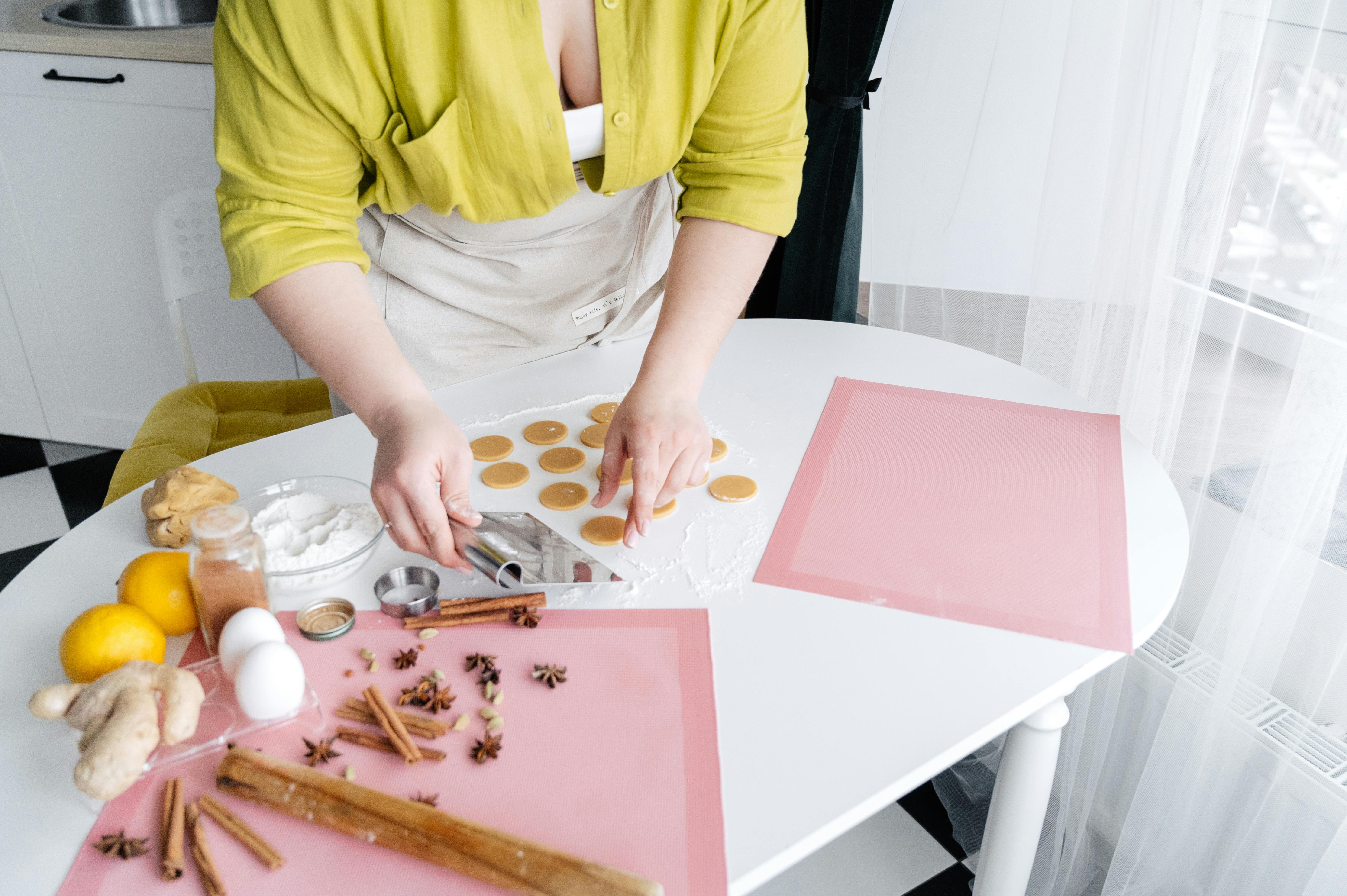Smart Ways to Prune Hydrangeas for Better Blooms in 2025

Best 5 Methods for Pruning Hydrangeas to Enhance Blooms in 2025
Pruning hydrangeas is essential for promoting healthy growth and achieving stunning blooms year after year. This guide details the top five methods for how to prune hydrangeas, focusing on timing, techniques, and care tips to ensure your hydrangea bushes thrive in 2025. Whether you’re a novice gardener or an experienced enthusiast, understanding the correct method can result in more vibrant and plentiful blooms.
Understanding Hydrangea Types and Pruning Strategies
Before diving into specific hydrangea pruning techniques, it's vital to know that different species of hydrangeas may require different approaches. For example, when to prune hydrangeas can depend on whether they bloom on old or new wood. By recognizing the type of hydrangea you have, you can tailor your method for optimum results. The most common types include Hydrangea macrophylla, which typically blooms on old wood, and Hydrangea paniculata, which blooms on new wood.
Identifying Your Hydrangea Type
Understanding your specific hydrangea’s growth pattern is crucial to effective pruning. For instance, mophead hydrangeas are best pruned immediately after flowering, while panicle hydrangeas can handle spring pruning. Familiarize yourself with your plant’s characteristics to avoid mistimed cuts that could lead to less vibrant blooms. Visit resources like this guide to learn about various hydrangea varieties.
Seasonal Timing for Pruning
The best time to prune hydrangeas generally falls in winter or early spring, just before new growth begins. This approach allows you to trim back dead branches and promote healthy new growth without sacrificing flowers. While pruning in winter, consider protecting your plants from frost damage, especially in colder climates.
Essential Pruning Techniques
Start with the right tools, such as sharp pruning shears or specially designed hydrangea pruning tools. When cutting back hydrangeas, aim to remove any dead, damaged, or spindly branches to improve air circulation. Additionally, ensure to make clean cuts at an angle to encourage faster healing, which can improve hydrangea bush health.
Step-by-Step Hydrangea Pruning
A systematic approach to pruning your hydrangeas can enhance the success of your plant maintenance. Here’s a concise step-by-step hydrangea pruning guide to help you navigate the process smoothly.
Step 1: Gather Necessary Tools
Before you start pruning, gather essential tools including sharp shears, gloves, and a gardening apron. Having the right tools makes the process easier and ensures cleaner cuts. Regular maintenance of your tools also prevents disease transfer between plants. You may refer to this resource for recommended tools.
Step 2: Evaluate Your Hydrangea Plant
Examine your hydrangea for any signs of disease or damage and identify external factors affecting its growth, such as pests or nutrient deficiencies. Addressing these issues beforehand can lead to better outcomes after pruning hydrangeas in spring. Look for clusters of blooms to identify healthy branches. Focus on maintaining the bush’s natural shape, promoting a balanced structure.
Step 3: Make Pruning Cuts
Begin your pruning by cutting back any dead or thin stems at the base, always above a viable bud. Focus on achieving a balanced look by removing branches that overcrowd the bush. This enhances healthy hydrangea growth and encourages new blooms. Remember, different pruning techniques for hydrangeas can yield varying results depending on your objectives, and cutting back too far can hamper bloom production.
Encouraging Hydrangea Blooms Post-Pruning
After pruning, focusing on care practices can significantly impact flowering health. Understanding how to encourage hydrangea blooms is essential to achieving a stunning display. Here are practical strategies to follow.
Proper Hydrangea Watering After Pruning
Post-pruning plant hydration is key to recovering from any shock or stress caused by cutting. Ensure your hydrangeas receive adequate moisture without becoming waterlogged. A well-maintained watering schedule tailored to your hydrangea's needs will contribute significantly to their successful recovery. Incorporating a quality mulch can also help retain moisture and maintain soil health.
Fertilizing Tips for Hydrangeas
Applying a balanced fertilizer tailored for flowering plants can provide your hydrangeas with essential nutrients for optimal growth. Look for fertilizers rich in phosphorus and potassium, as they are instrumental in blooming. Depending on your hydrangea type, you may adjust fertilization frequency and amounts.
Avoiding Common Hydrangea Pruning Mistakes
It's easy to make mistakes when learning how to prune different hydrangeas. One common error is pruning too much or at the wrong time. Ensure you're aware of your specific hydrangea’s bloom cycle to maintain its health and potential for blooms. Effective pruning techniques include being mindful of maintaining healthy stems and getting the timing right. This will help you achieve those coveted, vibrant flowers.
Key Takeaways
Here are the main points from this guide:
- Identify your hydrangea type for tailored pruning strategies.
- Prune in late winter or early spring for best results.
- Use sharp tools for effective cuts.
- Monitor watering and fertilization post-pruning.
- Avoid common pruning mistakes to maximize blooms.
FAQ
1. What is the best time to prune my hydrangeas?
The best time to prune hydrangeas depends on the type. Generally, aim to do it in late winter or early spring before new growth starts, especially for varieties that bloom on new wood.
2. How can I tell if my hydrangea needs pruning?
Look for overgrowth, dead wood, or sparse blooming. A lack of blooms, especially on older growth, often indicates a need for rejuvenation through pruning.
3. What tools do I need for hydrangea pruning?
The essential tools include sharp pruning shears, gloves, and an apron to keep your tools organized. Sharp tools prevent jagged cuts and promote faster healing.
4. Is it possible to rejuvenate older hydrangeas through pruning?
Absolutely! Rejuvenating hydrangeas can be achieved through heavy pruning, removing about one-third of the bush. This encourages vigorous new growth and more blooms.
5. Should I deadhead hydrangeas after blooming?
Yes, deadheading removes spent flowers and encourages new blooms. Be mindful to prune to the right growth node, and monitor the health of the branches afterward.

